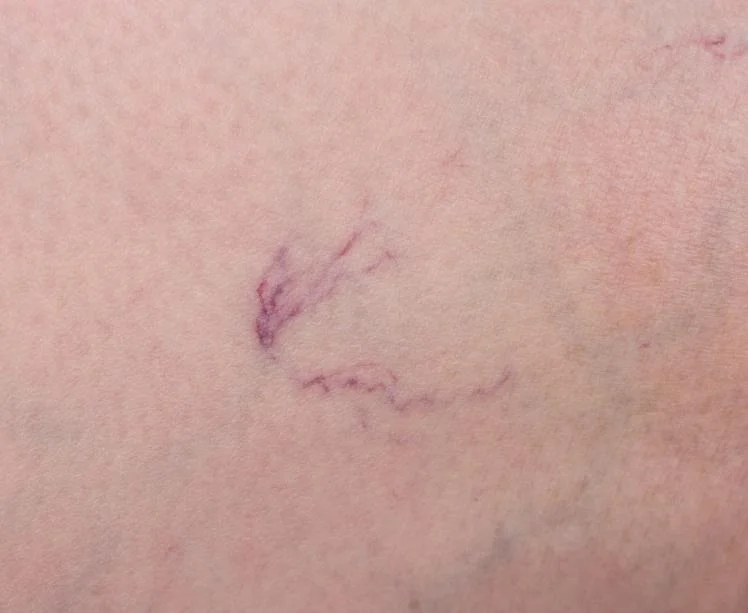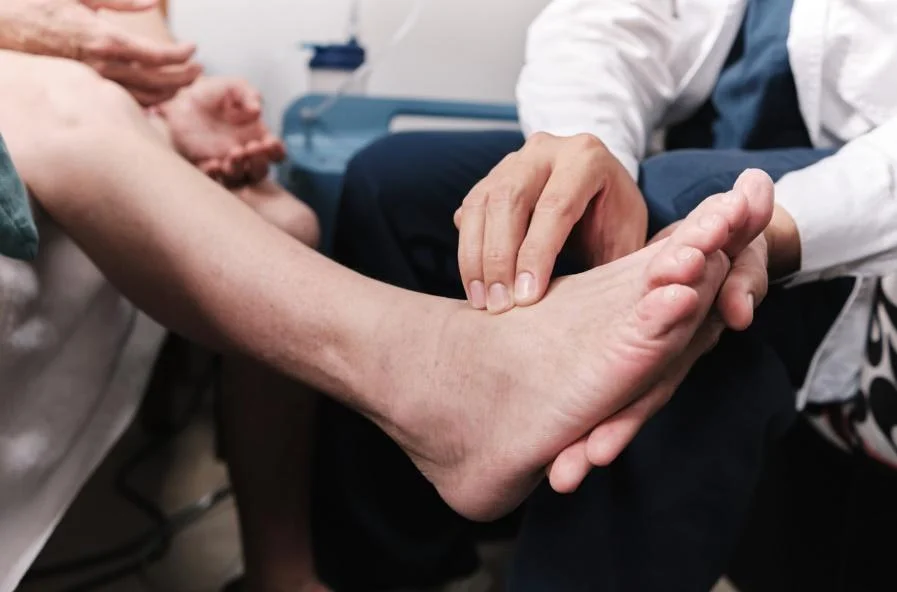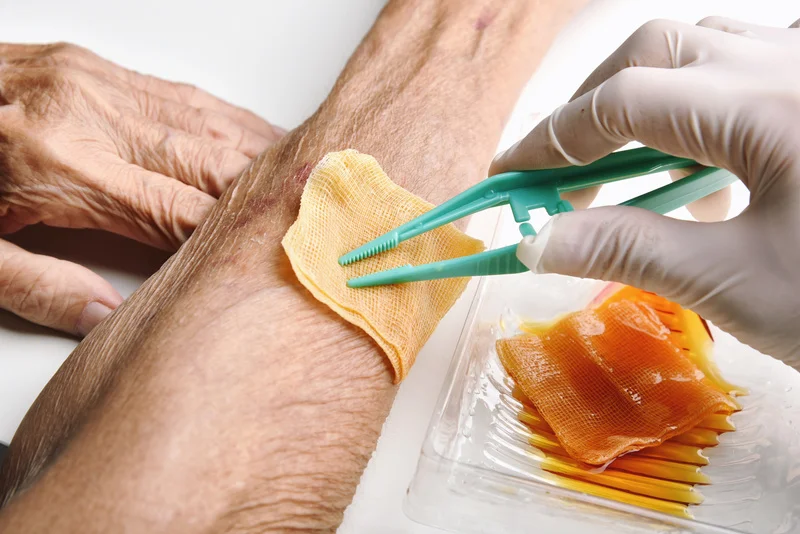Collaboration is at the heart of effective critical care, especially in complex disciplines like vascular surgery. In Dr. Lim’s practice, he has had the privilege of offering specialized support across various healthcare settings. By working hand in hand with other surgical teams, intensive care units, and hospital staff, he ensures that patients benefit from a coordinated approach that prioritizes safety, precision, and compassionate treatment.
This collaborative spirit becomes especially important when time is of the essence. Whether it involves on-table emergency consultations in the operating theatre or strategic planning for intricate vascular procedures, Dr. Lim remains committed to sharing expertise and knowledge with fellow physicians. This synergy not only streamlines the decision-making process but also helps produce better outcomes for patients who need immediate or highly specialized care.
On-Table Emergency Consultations
One of the most critical ways Dr. Lim supports his colleagues is through on-table emergency consultations. During surgery, unexpected vascular challenges can arise—ranging from damaged blood vessels to unforeseen bleeding risks—and these situations demand rapid intervention. Dr. Lim is readily available to step in whenever complex vascular issues threaten a patient’s condition. By offering real-time insights and surgical assistance, he helps stabilize compromised blood vessels and minimizes complications.
Complex Surgical Planning
Successful vascular interventions often depend on meticulous planning, especially when multiple specialties need to work in tandem. Dr. Lim’s proficiency in complex surgical procedures, including those requiring sophisticated endovascular techniques or surgical bypass, serves as a solid foundation for designing safe and effective treatment plans. His detailed approach involves reviewing the patient’s history, evaluating vascular imaging, and tailoring a surgical strategy that addresses unique surgical circumstances.
In many cases, this planning stage represents a team effort: other surgeons, interventional radiologists, and anesthesiologists may all provide insights that shape the final plan. By facilitating open communication among specialists, this fosters an environment in which everyone is working cohesively toward the same goal—a smoother operation that delivers the best possible outcome.
Support for Difficult Line Setting and Central Venous Access
Secure and efficient vascular entry is fundamental in critical care, particularly for patients who are hemodynamically unstable or require advanced monitoring. Dr. Lim’s expertise in ultrasound-guided procedures helps ensure accurate placement of central lines, even in the most challenging cases.
- Minimizing Risk: Real-time imaging reduces the likelihood of complications such as arterial puncture or misplacement, critical concerns in patients with fragile or altered anatomy.
- Enhancing Safety: Careful execution of catheter placement under ultrasound guidance lowers the risk of infection and leads to more reliable intravenous access, a cornerstone of managing critically ill patients.
By providing on-demand assistance with difficult central venous access, Dr. Lim helps alleviate the stress and uncertainty that can accompany line placement. His background in vascular surgery ensures a thorough understanding of the underlying anatomy, significantly reducing the potential for complications and enhancing overall patient safety.
Why Collaboration Matters in Critical Care
The success of any critical care intervention is rarely the work of one individual. Instead, it involves a dynamic network of professionals—from surgeons and anesthesiologists to nurses, perfusionists, and radiographers—each contributing specialized skills. Dr. Lim’s approach underscores the idea that a multidisciplinary team can respond more effectively to emergencies, anticipate potential pitfalls, and adapt to changes in a patient’s condition. By emphasizing communication and teamwork, complex procedures become safer, more efficient, and more responsive to the patient’s evolving needs.
Conclusion
When it comes to collaboration and critical care, Dr. Lim’s commitment to working alongside other specialists, offering real-time emergency consultations, and supporting complex vascular procedures underscores his dedication to patient well-being. By integrating expertise and fostering open communication, he aims to raise the standard of care for those who need it most. If you or a loved one require specialized vascular support and a team-focused approach, reach out to schedule a consultation.
This information is provided as a general guideline and should not replace professional medical advice. Always consult with your healthcare provider for personalized recommendations.










